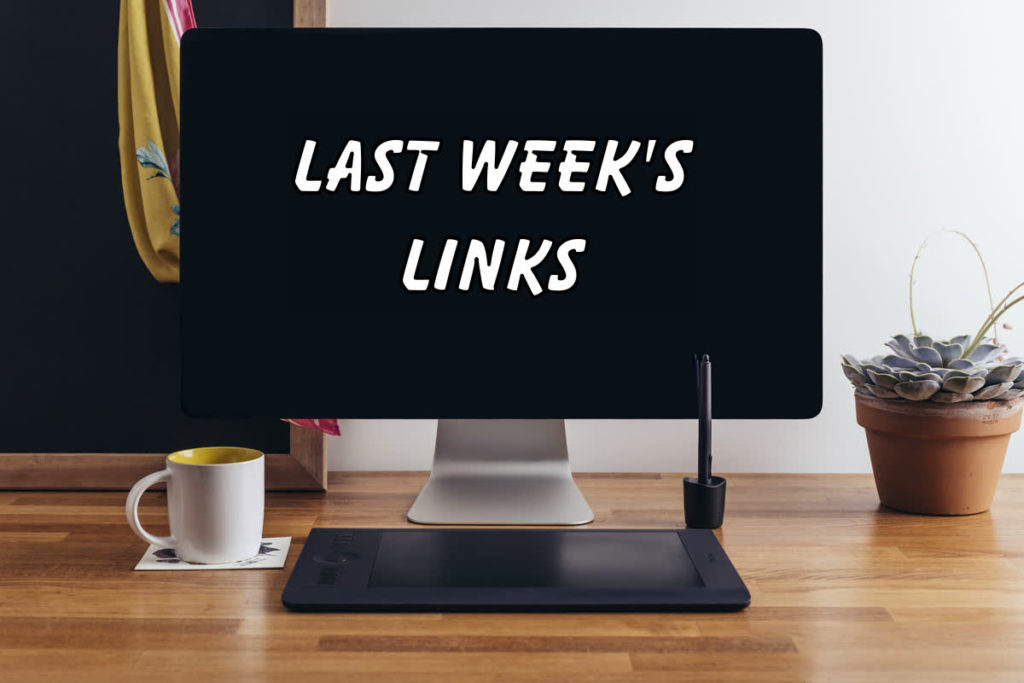Romance Is a Billion-Dollar Literary Industry. So Why Is It Still So Overlooked?
Samantha Leach writes in Glamour that romance novels have evolved from the steamy bodice-rippers of the early 1970s to mid 1980s into works that deal meaningfully with “whatever is happening to women or marginalized people.”
ON FAILING THE GOODREADS CHALLENGE
P.N. Hinton discusses 2017, the year she failed miserably in meeting her Goodreads Challenge number of books. She concludes, “When you make reading a task that you have to do, then it stops being fun. And when it stops being fun, you don’t do it at all anymore.”
Out of Bethlehem: The radicalization of Joan Didion.
Louis Menand writes in The New Yorker:
Didion interprets the political text of American life according to a set of beliefs about disparities of wealth and class. She arrived at those assumptions worthily: by analyzing her own education and experience. And that’s what she sees when she reads the newspaper or follows a campaign. She is never less than amazed by the willingness of everyone in the press to pretend, in the name of keeping the show going, that American life is really not about money and power.
How William Gibson Keeps His Science Fiction Real
In apparent support of the assertion that science fiction is not about the future but the present, Joshua Rothman profiles William Gibson, “the writer who, for four decades, has imagined the near future more convincingly than anyone else.”
The unreliable narrator is the biggest book trend of the decade
From Leah Greenblatt for Entertainment Weekly. Here are some of the books she references: Sharp Objects by Gillian Flynn, The Girl on the Train by Paula Hawkins, The Woman in the Window by A.J. Finn, The Wife Between Us by Greer Hendricks and Sarah Pekkanen, The Silent Patient by Alex Michaelides, Gone Girl by Gillian Flynn.
These books—and their narrators—Greenblatt writes, “open a Pandora’s box too long unexplored — a well of real and sometimes deeply ugly feelings that are no less universal for coming in the inconvenient or uncomfortable form of xx chromosomes.”
THE ELEMENTS OF THE HAUNTED HOUSE: A PRIMER
Mystery novelist Emily Littlejohn describes the basic elements of a haunted-house thriller and offers a list of enticing examples.
© 2019 by Mary Daniels Brown

